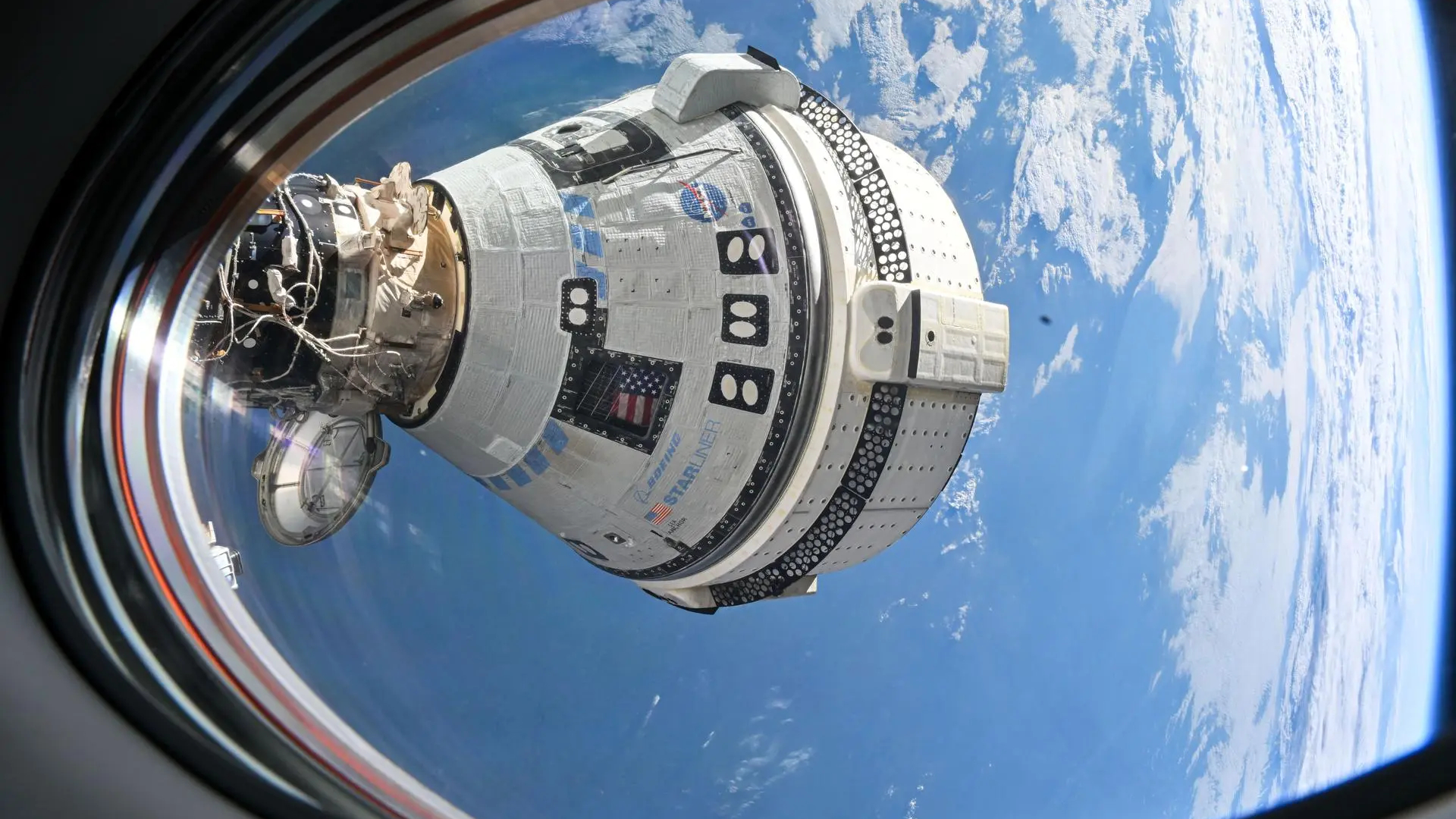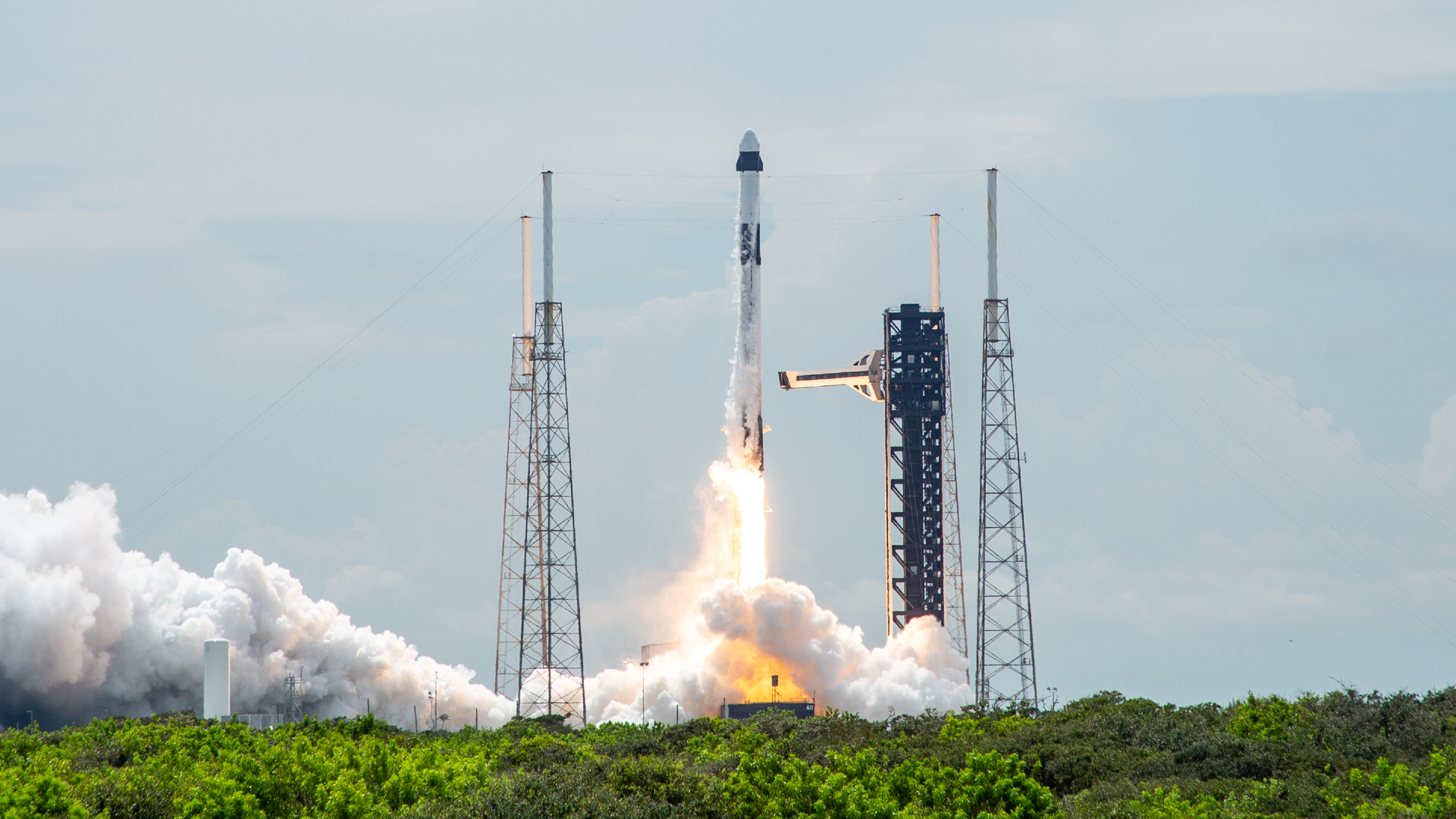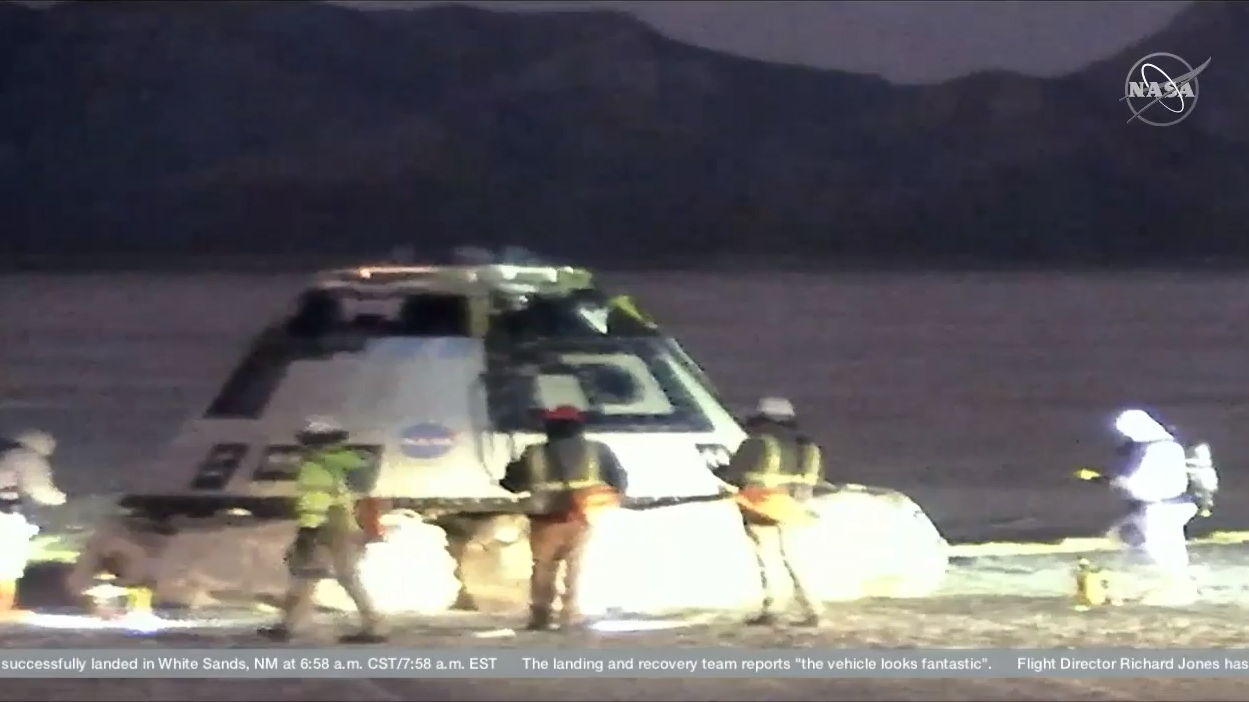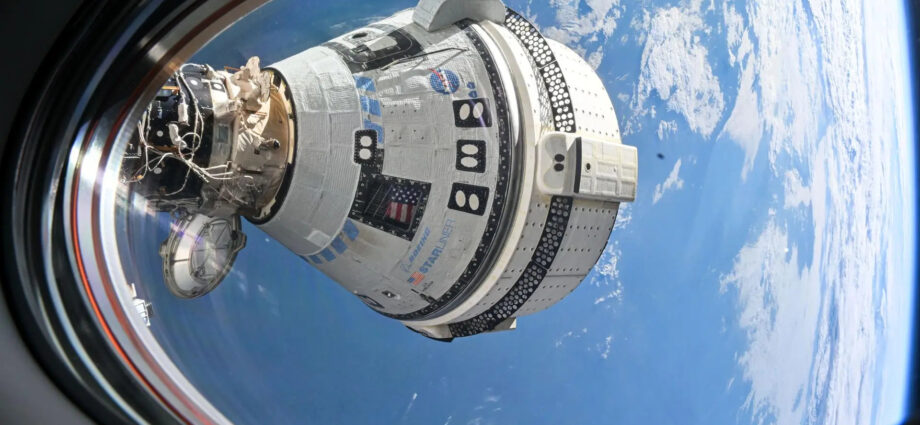
(Image credit: NASA)
This article was originally published at The Conversation. The publication contributed the article to Space.com’s Expert Voices: Op-Ed & Insights.
Loizos Heracleous is a Professor of Strategy at the Warwick Business School, University of Warwick.
SpaceX has launched its Crew Dragon spacecraft on a “rescue mission” to bring back two astronauts stranded at the International Space Station (ISS) since June. Butch Wilmore and Suni Williams travelled to the space station on Boeing’s Starliner spacecraft, which was on its first mission with a human crew.
But several engines malfunctioned once in space and the vehicle was found to be leaking helium, which is essential for the functioning of its engines. After weeks of analysis and discussion by NASA and Boeing engineers, the space agency decided to send Wilmore and Williams home on the Crew Dragon because of safety concerns with Starliner.
For Boeing, this embarrassing episode is the latest in a long series of problems. They include fatal crashes of its 737 Max aircraft in 2018 and 2019 and a door that blew out mid-flight on a 737 Max 9 plane in January 2024.
Boeing’s Starliner craft has been beset with challenges since 2014 when NASA awarded both Boeing and SpaceX with contracts to develop spacecraft that could transport astronauts and supplies to and from the ISS as part of its Commercial Crew Program (CCP).
Related: Astronauts would have been fine on Boeing’s Starliner during landing, NASA says
Boeing received US$4.2 billion (£3bn) to develop the Starliner craft, while SpaceX received US$2.6 billion (£1.9 billion) to develop the Crew Dragon. Despite the lower contract value, SpaceX’s Crew Dragon has performed much better than Starliner, making a successful first crewed flight in 2020 and launching regularly to the ISS ever since. Starliner, meanwhile, has still not had a fully successful crewed flight.

SpaceX was seen as something of an upstart at the time the contract was awarded, so the outcome shows how much the landscape has shifted in the space sector. It’s also a vote in favor of the iterative, agile processes that Space X adopts, versus the more traditional, linear development processes at Boeing.
Boeing’s reputation for safety and reliability took a massive hit with the two fatal crashes of its 737 Max aircraft. According to a Congressional committee report from 2020, the accidents happened against a background of financial pressure to compete with Airbus’ relatively new A320neo family of aircraft.
This pressure “resulted in extensive efforts to cut costs” and maintain the 737 Max program schedule, the report said. The committee identified several instances where “the desire to meet these goals and expectations jeopardized the safety of the flying public”. Nevertheless, Boeing still managed to spend several billion dollars buying back shares, which can boost a company’s share price, among other things.
Boeing engineers were concerned about pressures within the company and their effects on safety. These worries extended to the development of the Maneuvering Characteristics Augmentation System (MCAS), an onboard system intended to prevent stalling by adjusting the aircraft’s angle automatically. However, the system was initially omitted from aircraft documentation. Pilots who were not familiar with the system didn’t know how to override it, leading to the fatal accidents.
NASA Astronauts Butch Wilmore and Suni Williams News Conference From Space Station – YouTube

In response to the Congressional report, a Boeing spokesperson said in a statement: “We have learned many hard lessons as a company from the accidents…as this report recognizes, we have made fundamental changes to our company as a result, and continue to look for ways to improve.”
Faced with a public outcry after the accidents, Boeing made adjustments to its safety management systems and supply chain quality controls. It also added safety goals as a feature of its employee compensation processes and is generally trying to shift its culture to emphasize safety. There is also more oversight by the Federal Aviation Administration.
Safety culture
The partial failure of Starliner’s mission doesn’t help Boeing’s effort to bounce back from its problems. The company’s reputation has not been irreparably damaged, however. Boeing can recover and is taking the right initiatives to re-emphasise a safety culture – something that’s crucial to its business going forward.
But recovering trust while upholding financial performance can take years. Boeing has lost US$32 billion (£24 billion) since 2019. While losses narrowed in 2023, figures for the last two quarters have not been encouraging with respect to returning to profit. Boeing has a strong order book, but the company needs to find ways to balance efficiency and profitability without compromising safety.
For now, the future of NASA’s Commercial Crew Program, to transport astronauts to and from the space station, is secure. NASA can lean more on SpaceX, as it is doing to return the stranded astronauts.
Other companies such as Sierra Space are also developing spacecraft that could, in future, undertake the safe transport of humans to and from space. It’s quite possible that NASA could eventually partner with these companies for its future needs.
The US space agency prefers to have more than one supplier in crucial services such as this, so that it has flexibility when needed. It’s also preferable in case something goes wrong with one of the vehicles, something known as having “redundancy”.
The ISS is expected to be decommissioned in 2030, when it will reach the limits of its useful life. NASA is likely to support Boeing’s continued involvement with the Commercial Crew Program given the sunk costs of the contract and NASA’s need to have more than one supplier.

Yet, even after the ISS is commanded to burn up over the Pacific Ocean, there will probably be commercially owned space stations that require vehicles to transport astronauts. However, both Boeing’s Starliner and SpaceX’s Crew Dragon spacecraft spent more than a decade in development. So while other companies are waiting in the wings, their vehicles are not going to materialize immediately.
NASA is also building a space station in orbit around the moon, called Gateway. This is part of NASA’s Artemis program. The space agency’s Orion spacecraft will fulfil the crew transport role at first, but there could be a place for commercial providers further down the road.
The Artemis program has the objective of returning humans to the moon this decade and Gateway will be central to lunar operations. NASA could also launch missions to other destinations in deep space from this lunar space station.
Boeing may or may not choose to be a part of this bold new era in spaceflight. But it will need to fully implement the significant changes necessary to rebuild trust and recover from a challenging few years.
Join our Space Forums to keep talking space on the latest missions, night sky and more! And if you have a news tip, correction or comment, let us know at: community@space.com.

